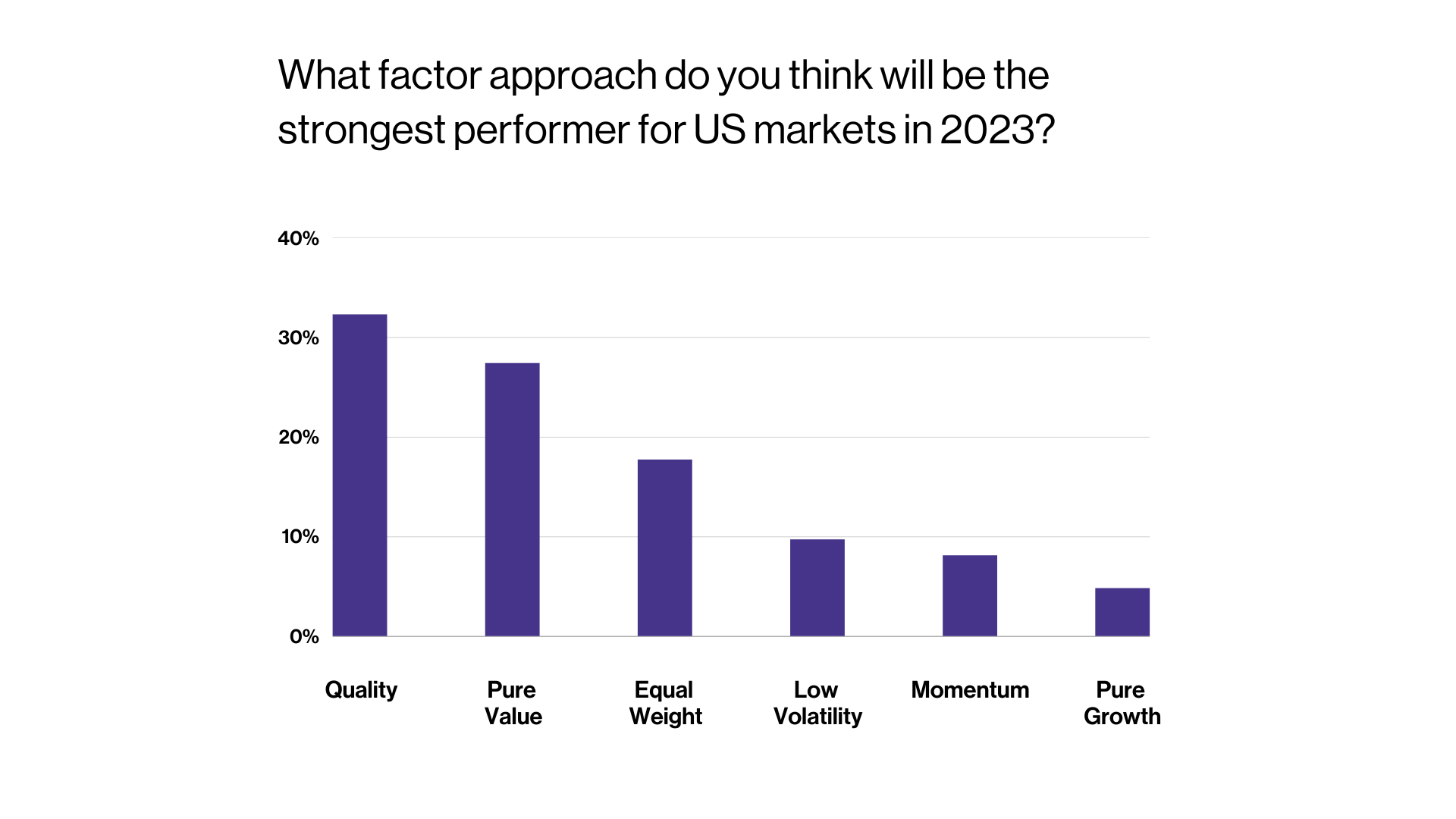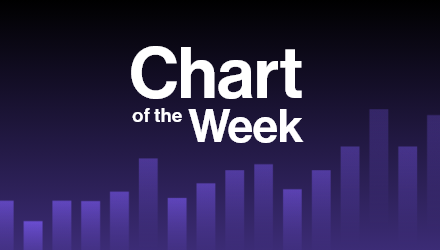When the market becomes volatile, advisors prefer high-quality investments. During a December webcast hosted by VettaFi, we asked advisors, “What factor approach do you think will be the strongest performer for US markets in 2023?” We were surprised that quality was the most popular of the responses, with 33% of the vote, ahead of stronger performers like pure value (26%) and low volatility (9%). There are many ETFs that either have quality in the name or provide exposure to companies focused on what many would consider to be high-quality attributes like strong free cash flow generation. These companies are the ones that have the financial stability to withstand economic challenges. However, what’s inside these ETFs might be a surprise.

The two largest U.S. ETFs with quality in their names are the iShares MSCI USA Quality Factor ETF (QUAL) and the Invesco S&P 500 Quality ETF (SHPQ). The ETFs each have net expense ratios of 0.15% but are different in other ways.
QUAL owns companies with high return on equity, stable year-over-year earnings growth, and low financial leverage. While SPHQ also incorporates return on equity and financial leverage, the ETF uses an accruals ratio and not earnings growth. Equally important: SPHQ does not have sector constraints that are aligned with the broader market and can significantly over- or underweight certain sectors.
SPHQ recently held 39% of assets in information technology, 14% in energy, and 12% in consumer staples, which is exposure that was much higher than what was found in QUAL or the broader S&P 500 Index. In contrast, SPHQ had just 3.3% and 2.0% in consumer discretionary and financials, respectively. QUAL’s largest sector exposure was to information technology, but with only 27% of assets.
Stocks like Chevron, Exxon Mobil, and Procter & Gamble might seem like obvious high-quality companies, but they are holdings in SPHQ and not QUAL. Meanwhile, Home Depot and Marsh & McLennan were found only in QUAL, not SPHQ.
We recently highlighted the Pacer Cash Cows ETF (COWZ) as one of the breakout ETFs in 2022, as the fund gathered $9 billion and now has $11 billion. Index-based COWZ owns 100 companies that are part of the Russell 1000 Index based on free cash yield, a metric calculated after operating and capital expenses, interest, and taxes.
A high free cash flow yield is a sign of quality; it means the company is producing more cash than it needs to run the business. Energy is the largest sector for COWZ with 32% of assets, followed by materials (17%); consumer staples represented only 4% of assets. Dow and Valero Energy are among the top 10 holdings.
Meanwhile, the FCF US Quality ETF (TTAC) is an actively managed fund that also focuses on free cash flow profitability as well as earnings quality and cash flow-based financial strength, a metric that incorporates net debt to equity and long-term free cash flow growth. TTAC recently had 32% of assets in information technology stocks, 7.8% in consumer staples, and 3.5% in materials. Apple and Microsoft are TTAC’s recent top two positions.
People tend to think they know high quality when they see it and are likely to gravitate to such strategies in times of uncertainty. But like with most investments, a closer look is warranted.
For more news, information, and analysis, visit the Free Cash Flow Channel.

